In the healthcare industry, de-escalation training is essential for handling stressful patient encounters, particularly in light of the rising incidence of violence against medical personnel. In order to protect healthcare workers and preserve patient trust, de-escalation tactics are essential. Learn about the prevalence of workplace violence in the healthcare industry, the need of de-escalation training, and the fundamental methods that healthcare professionals can employ to safely diffuse tense situations in this blog post.
The Importance of Healthcare De-escalation Training
De-escalation in healthcare is described as “the use of techniques (including verbal and non-verbal communication skills) aimed at defusing anger and averting aggression” by the National Institute for Health and Care Excellence (NICE). By addressing and reducing tensions before they become more serious—or even dangerous—incidents, these strategies aim to safeguard the safety of both healthcare workers and patients.
Violence can happen in any organization or workplace, but it’s crucial to remember that, according to the U.S. Occupational Safety and Health Administration, it happens four times more frequently in healthcare settings.
Even more concerning, 44% of healthcare workers claimed having experienced physical aggression at work, and 68% reported verbal abuse, according to the American Hospital Association. This emphasizes how important it is for healthcare professionals to receive good de-escalation training in order to enhance patient safety and well-being.
Violence at work has an effect on healthcare workers that goes beyond physical harm. Because of workplace violence in the healthcare industry, six out of ten healthcare professionals have thought about quitting their professions or changing careers completely. This highlights the severe psychological and emotional effects of experiencing violence. In a healthcare company, these aggressive patient interactions can have a substantial negative impact on nurse turnover and burnout among healthcare workers.
A significant risk of serious mental health problems is also present for healthcare workers who are exposed to violence and hostility at work.
According to to their colleagues who had no exposure to violence, healthcare workers who were exposed to it were two to four times more likely to report high levels of anxiety, despair, and burnout. This is according to a study published in “Healthcare (Basel).” The already elevated levels of stress that healthcare professionals encounter on a daily basis are further intensified by this.
Additionally, workplace violence costs healthcare institutions a lot of money. Hospital spending on security accounts for almost $4.7 billion, according to an American Hospital Association survey. Furthermore, hospitals lost around $53.7 million a year in lost productivity as a result of healthcare workers who experienced workplace violence being absent more frequently.
Ultimately, workplace violence has an impact on healthcare businesses at every level, from worker safety to administrative processes. These problems cause:
- An increase in absences
- decreased contentment at work
- Staff mental health difficulties.
- a reduction in patient treatment quality
Therefore, maintaining the health and safety of the healthcare workforce and organization as a whole is just as important as resolving urgent safety issues when it comes to workplace violence prevention initiatives through effective de-escalation training in the healthcare industry.
Healthcare De-escalation: Effective Techniques
The Joint Commission is a major supporter of de-escalation training methods as the main means of controlling frustrated or violent behavior in healthcare organizations. Citing serious risks such as patient humiliation, trauma, and even death, they advise utilizing restraints and seclusion as a last resort.
Data from the Cochrane Library, which supports this position, show that unintentional asphyxiation during restraint was the cause of 40% of restraint-related deaths in the United States.
Healthcare personnel can prevent violence and ensure patient and worker safety by de-escalating situations as soon as possible and using effective de-escalation techniques to prevent the need for restraints.
De-escalation training techniques in the healthcare industry that work well combine situational awareness, empathy, and verbal and nonverbal communication skills.
Incorporate Education and Training
Healthcare professionals must receive de-escalation training in order to give them the knowledge and resources they need to handle tense situations professionally. Training in de-escalation strategies is crucial for maintaining safety and making sure personnel are ready to face problems calmly and competently, as healthcare workers cannot predict or control patient emotions.
Healthcare personnel at Penn Presbyterian Medical Center (PPMC) are subjected to intense de-escalation training as part of a system-wide effort to safeguard employees against violence. In addition to imparting useful de-escalation techniques, this training gives staff members the skills to spot warning signals of impending violent outbursts, enabling prompt intervention before things get out of control.
Post-training participant feedback demonstrates the effectiveness of the program: over 54% of participants who finished the PPMC de-escalation training agreed or strongly agreed that it gave them more confidence to safely defuse a crisis.
Healthcare companies may guarantee that their employees are always ready and capable of resolving disagreements in a safe manner by making ongoing training investments.
Reduce noise and distractions
Healthcare companies can take a number of proactive steps to defuse tension before it becomes a source of conflict. According to Forbes, one such measure supports the notion that lowering noise levels in a healthcare facility can significantly lower stress levels in both staff and patients.
One excellent example of how noise reduction can help healthcare organizations is the Lunder Building at Massachusetts General Hospital. Interviews found that patients were sleeping better and staff were able to work more productively with fewer noise disruptions after they applied an inventive design to lower average noise levels. This strategy assists healthcare institutions in proactively lowering anxiety and tension, averting patient agitation and perhaps violence from the outset.
Apply the “STAMP” Technique
Healthcare personnel evaluate observable behaviors that point to a patient’s potential for violence using the STAMP approach. Healthcare professionals who observe these behaviors can be ready to act to defuse a patient’s agitation before it escalates into violence.
Staring and eye contact: Staring too much is a sign of impending agitation and is frequently taken as a cue to get caregivers to act or focus more on the patient. Similar to how avoiding eye contact can occasionally be mistaken for anger or passive resistance, it’s important to take cultural differences into account. It’s important to distinguish these incidents from actions driven by negative emotions because, in many cultures, avoiding eye contact is a sign of respect rather than defiance.
Voice inflection and loudness: In a research on the evaluation of violence in emergency rooms, these two factors were linked to 13 out of 16 violent incidents. This conduct might take the form of yelling and raising of the voice, or it can take the form of caustic and sarcastic statements meant to upset or injure someone.
Anxiety: While some patients’ anxiety in a therapeutic context is completely natural, it becomes significant when a patient’s anxiety is overwhelming and is exacerbated by mental health conditions, head trauma, substance abuse, or other confusing causes that may cause violent conduct.
Mumbling: Since mumbling is interpreted as an indication of growing annoyance, it often precedes more aggressive conduct. Other signs of the presence of disorienting substances that could make the patient more volatile include mumbling, incomprehensible speech, and word slurring.
Pacing: As mumbling, pacing is a sign of increasing agitation; other signs include drawing away from caregivers, fidgeting, staggering, and waving arms. Pacing not only indicates potentially disruptive conduct but also causes discomfort and worry in other patients.
Make use of empathy and attentive listening
Active listening and empathy are quite effective in calming a patient when it comes to defusing a situation without the need for physical controls or medicine.
Active listening means giving the patient your whole attention, paying attention to what they are saying, making eye contact, raising your hands, and even sitting down to show that you are paying attention. Additionally, it entails reflecting remarks back to the patient and clarifying issues in order to make sure they feel fully understood.
In addition to actively listening, demonstrating empathy—that is, acknowledging and validating another person’s feelings—can greatly reassure and calm a patient. It is possible to personalize the exchange and ease tensions by using phrases like “I know this is hard for you” or “I see you are really upset, and I want to help.”
In addition to lowering stress and anxiety in agitated patients, active listening and empathy help build trust between the patient and the healthcare professional, strengthening bonds and boosting the quality of care overall.
Increasing Safety & Healing Through Emotionally Intelligent De-escalation
De-escalation in the healthcare industry has many advantages, both for the general improvement of care quality within an organization and for the safety of healthcare workers. The danger of harm to healthcare professionals is greatly decreased by skillfully handling and calming potentially aggressive situations. This makes a top-down approach to care possible since employees who are secure in their roles are better able to assist patients in achieving their goals for improved health.
One well-known example of how effective appropriate de-escalation strategies can be is the compassionate way in which Dr. Lynn Roppolo, MD, manages her distressed patients. Dr. Roppolo recalled one specific event in which he entered a stressful scenario where five officers were restraint a very upset patient. “I’m Dr. Roppolo, sir,” I remarked to him as soon as I entered the room. You are protected, and I’m here to help,” she said.
Dr. Roppolo listened intently to the patient for the next few minutes, eventually convinced the officers to leave the room (though she kept one on hand as a precaution), and kept a safe distance by placing herself close to the door. By means of her deliberate and considerate interaction, she managed to identify the underlying source of the patient’s annoyance, which allowed her to effectively diffuse the situation.
A calming and sympathetic manner are prioritized over quick physical constraints or drugs in Dr. Roppolo’s approach. She demonstrated successful crisis intervention tactics by putting her own safety and that of the patient first, remaining alert of the surroundings, and creating a barrier of protection by remaining close to the exit.
According to Dr. Roppolo, “de-escalation requires empathy, compassion, kindness, partnering, understanding, and a sincere willingness to help.” Treat the patient in front of you the way you would like to be treated if you could understand why they are upset.
Final thoughts
Effective de-escalation techniques are essential for effective conflict management in the care context as healthcare becomes more complex and demanding.
Healthcare companies prioritize the creation of a safe and supportive environment for patients and staff by providing their employees with the skills and methods necessary to effectively de-escalate potentially harmful situations. By intentionally fostering a culture of safety, empathy, and respect, this strategy goes above and beyond simply stopping violence. Healthcare professionals may better care for their patients in a sympathetic manner in such an atmosphere, which also guarantees their safety.

